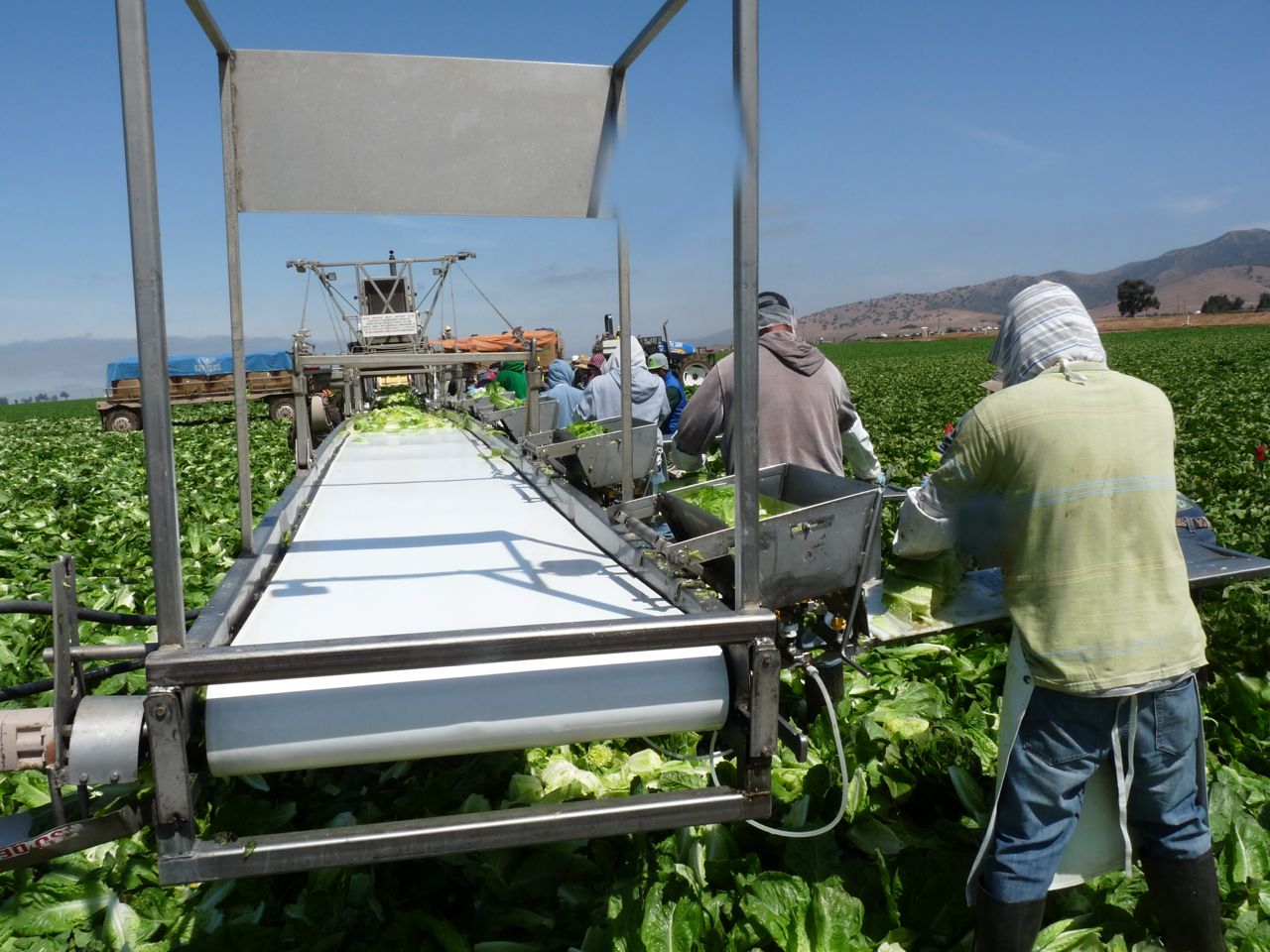2014 NATURAL SEEDLESS RAISIN FIELD PRICE INCREASE
By: Laurie Greene; CalAgToday reporter
The Raisin Bargaining Association (RBA) Board of Directors has announced the 2014 Natural Seedless Raisin field price has been established at $0.8875 per pound ($1,775 per ton), representing a $0.0625 per pound ($125 per ton) increase over last year’s price.
The RBA reached agreement with all twelve of its signatory packers:
- American Raisin Packers
- Boghosian Raisin Packing Company
- Caruthers Raisin Packing Company
- Central California Packing Company
- Chooljian Brothers Packing Company
- Del Rey Packing Company
- Fresno Cooperative Raisin Growers
- Lion Raisins
- National Raisin Company
- Sun-Maid Growers of California
- Sun Valley Raisins
- Victor Packing Company
The price will be based on the following formula:
| Base price | $1,582.00 | $0.7910 |
| Moisture @ 10% | 80.00 | .0400 |
| Maturity @ 75% | 50.00 | .0250 |
| Container rental | 21.00 | .0105 |
| Transportation (minimum) | 15.00 | .0075 |
| RAC assessment | 14.00 | .0070 |
| USDA inspection | 13.00 | .0065 |
| 2014 Announced RBA field price | $1,775.00 |
$ .8875 per pound |
According to a statement released by Glen Goto, RBA chief executive officer, the MOU calls for growers to be paid in three (3) installments, as they were last year, with an initial payment of 65% due 15 days after completion of delivery or the release of delivered tonnage from Memorandum Storage. The second payment of 20% will be due on or before February 28, 2015, and the final payment of 15% will be due on or before April 30, 2015. Packers may choose to pay all their RBA growers in fewer payments with a shorter schedule.
Individual grower yields this season are significantly lower than the previous season. Today, there is general agreement in the industry that this year’s crop of Natural Seedless raisins will be less than 300,000 tons compared to the 365,000 ton crop, which over the last 12 months our packers have done a commendable job of selling and shipping the entire amount.
Compared to the 20% crop reduction, the increase in this year’s price was a significant compromise taking into full consideration Turkey’s unusually large crop which caused their sultana price to fall.Packers are reporting challenging selling conditions into parts of Europe where sultanas control significant market share. Still, the RBA is giving the industry a crop clearing price because sultana berries are very small and will not work for a large percentage of loyal California raisin customers who specify larger berries, stricter growing and specification requirements, longer shelf-life, and superior flavor.
Steve Spate, grower representative for the Raisin Bargaining Association, “This year’s price was definitely a compromise–one that may make make neither side happy. But, hopefully it will put us in a better position for next year.”
Despite the higher price, California raisin growers face a challenging year as they will receive less revenue in total from this year’s harvest. Price is not the only issue; amid other challenges, growers must deal with continued increases in cost and regulation for labor and water. These issues coupled with other more profitable crop options, such as almonds, walnuts and pistachios, are forcing growers to evaluate how to maximize the use of their land and water resources, contributing to the escalating acreage reductions we have witnessed. For the past ten years, the state has reported a 2%-3% annual reduction in raisin-grape acreage that is now accelerating. Spate said, “The conservative estimate is at least a 10- to 15,000-acre loss of the natural seedless variety by early Spring 2015. You don’t have to drive more than two miles in the Central Valley to see a pulled raisin field or one in preparation to be pulled.”
Goto hopes this year’s modest price increase will encourage California raisin growers to continue producing enough of the safest, most high-quality raisins in the world to meet yearly demand.
Mark your calendars!
The 48th Raisin Bargaining Association Annual Membership Meeting
March 14, 2015
Location TBD
10:30 AM with luncheon to follow


















